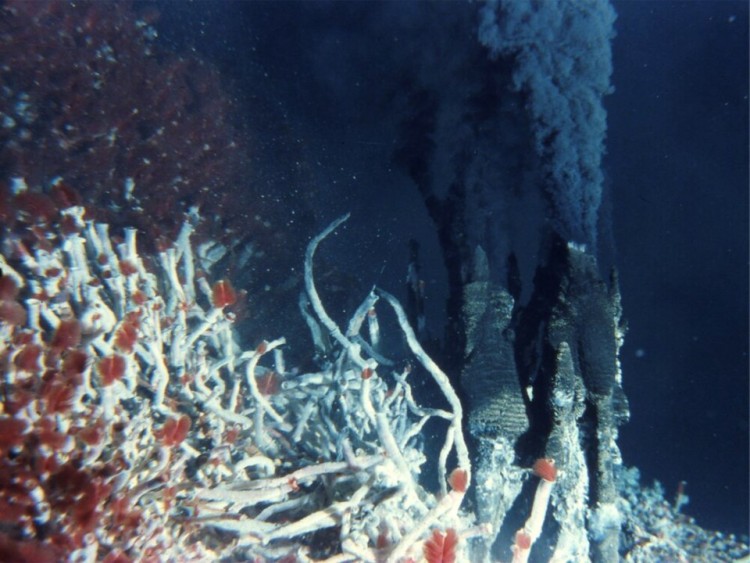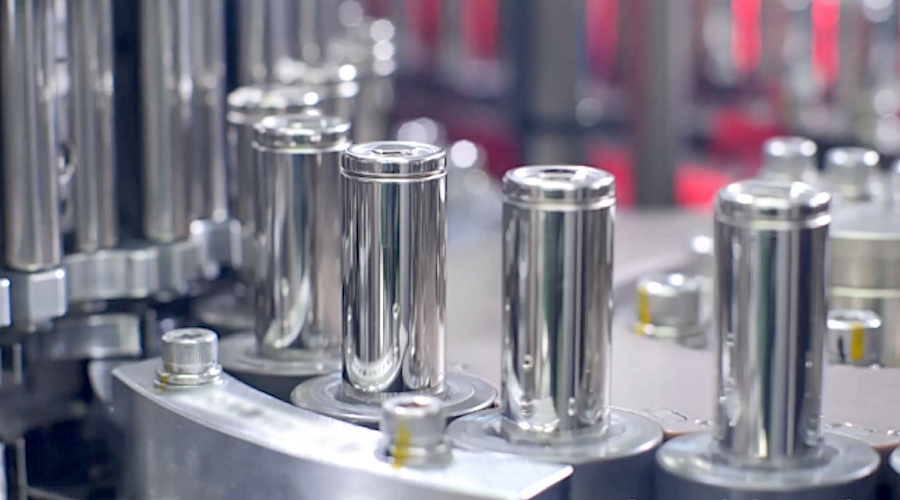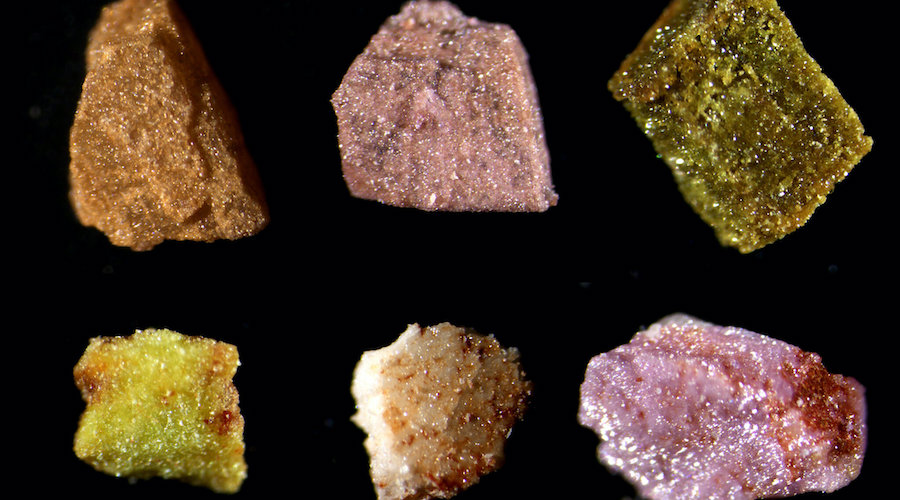How to remove chromium, arsenic from mining-polluted water


In water, these metals dissolve to form chromate and arsenate oxoanions, or salts, that are chemically similar to beneficial minerals that are naturally present in water including phosphate, sulphate, nitrate and bicarbonate. Chromate and arsenate are highly mobile in water and can have far-reaching impacts. They do not degrade and are permanent in the environment without intervention. Targeted approaches are needed to separate these metals from harmless mineral salts that are vital to the ecosystem.
Bring in the adsorbents
This is where adsorbents come in. Adsorbents are materials that are designed to target specific elements and bind them to a surface. They have broad applications in helping to recover precious metals or remove pollutants from the environment.
In a paper published in the journal Small, the Oak Ridge scientists explain that the new adsorbent they discovered captures chromium and arsenic in a balanced 2-to-1 ratio. The fundamental advance creates synergy between chromium and arsenic capture so that the more chromium the material grabs, the more arsenic it can also remove.
“It is rare for an adsorbent to capture two pollutants simultaneously, and to work quickly and efficiently in realistic scenarios to address the broad range of water conditions worldwide,” Santa Jansone-Popova, co-author of the study, said in a media statement.
Polishing a previous approach
Jansone-Popova previously led the design of an adsorbent with high selectivity for chromate that works rapidly and in the presence of competing species to decontaminate water.
A study published in Environmental Science and Technology showed the novel material decreased chromate concentrations 100-fold within one minute (1 part per million to 10 parts per billion) and achieved a level an order of magnitude below allowable limits set by the US Environmental Protection Agency.
By teaming up with her colleague Ping Li, Jansone-Popova decided to build on that prior approach to develop a framework for capturing both chromate and arsenate with one material.
“Our starting material is highly effective at capturing chromium in its most toxic form, hexavalent chromium, but the approach was not designed to be selective for arsenic,” Li said. “As this reaction happens, however, the material changes, creating a platform for new chemistries.”
The researchers modified the original structure to reduce captured chromium-6 into a less toxic state, chromium-3. Chromium-3 also has the benefit of providing an anchor point to bind arsenate. The new structure enables a chemical reaction that forms stable chromate-arsenate clusters that are strongly bonded to the surface. The result effectively traps the toxins permanently because they will not wash off or detach from the filter material without intentional removal by chemical processing.
“We leveraged the efficient capture of hexavalent chromium to introduce a new architecture that could also bind with arsenic,” Li said.
Chromate arsenate, once used as an additive in pressure-treated lumber, provided inspiration for the structure.
The team has patented the structure and is working with collaborators to expand the approach to other environmental pollutants.
“Fundamental discoveries like these can help us reduce toxic pollutants in the environment and meet regulatory goals for clean water,” Jansone-Popova said.
This post has been syndicated from a third-party source. View the original article here.




